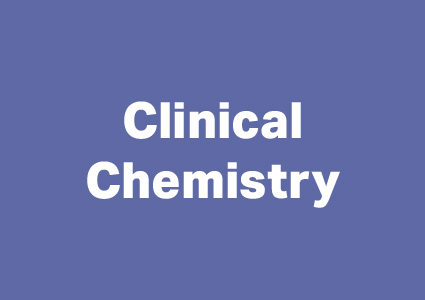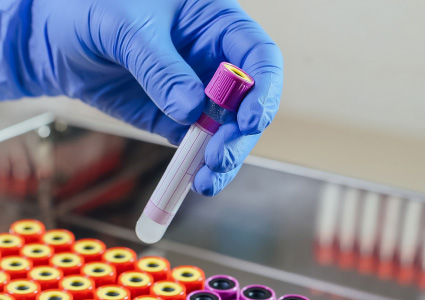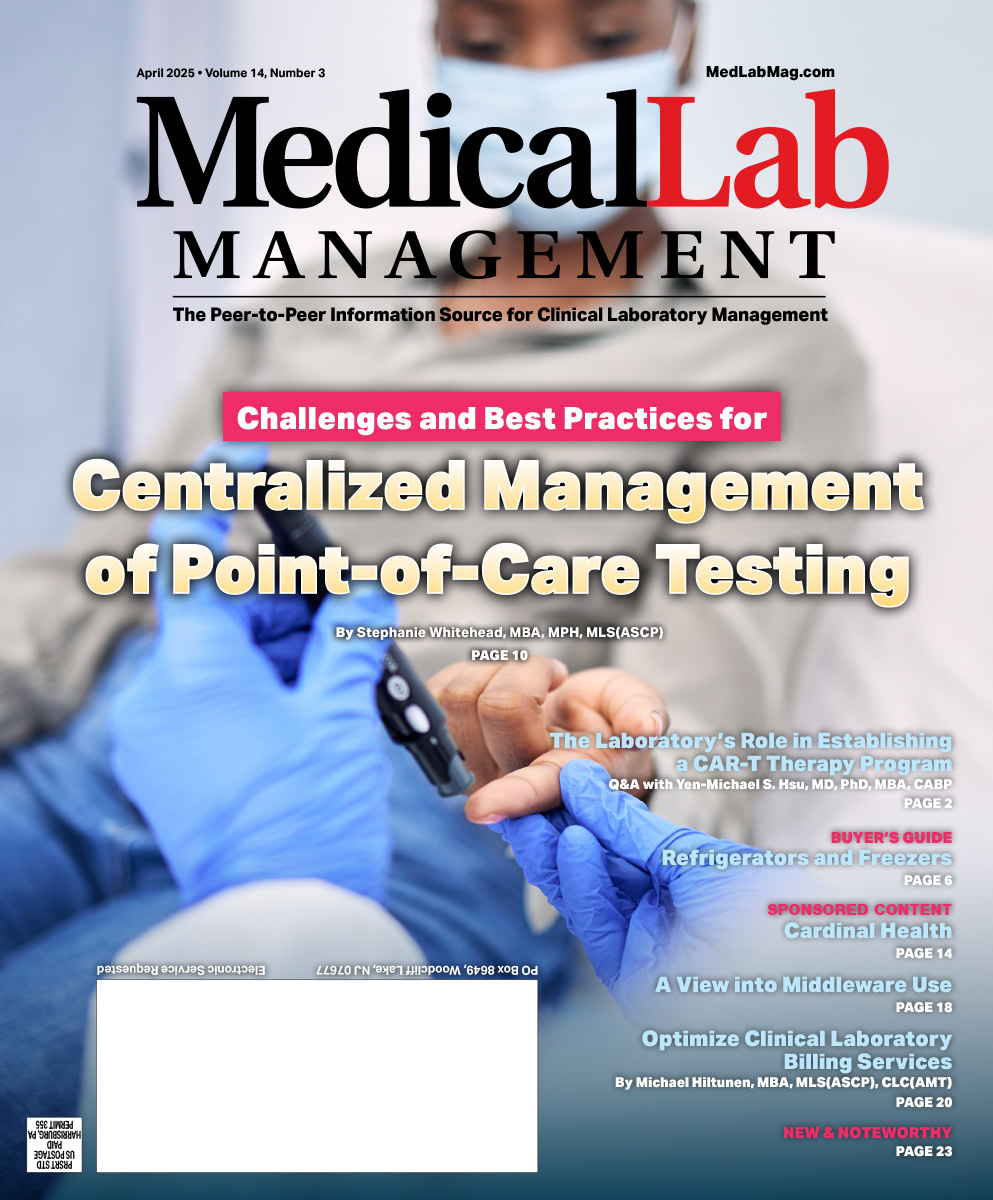- Show Menu
- Contact Us
- FAQs
- Reader Service
- Survey Data
- Survey Winners
- Testimonials
- Upcoming Events
- Webinars
Chemistry Analyzers
Featuring an ever-growing list of testing capabilities, chemistry analyzers are ubiquitous in facilities of all sizes, and integrated chemistry automation is on the rise. Available systems come in a wide range of sizes, volume handling, number and range of tests, reporting capabilities, and more, all of which can be utilized in a network to best fit the needs of each laboratory. Today’s chemistry analyzers are capable of processing numerous testing parameters in the diagnosis and management of multiple disease states. As core chemistry analyzers and related automation continue to proliferate in clinical laboratories, the need for interoperability and information sharing will grow as well.
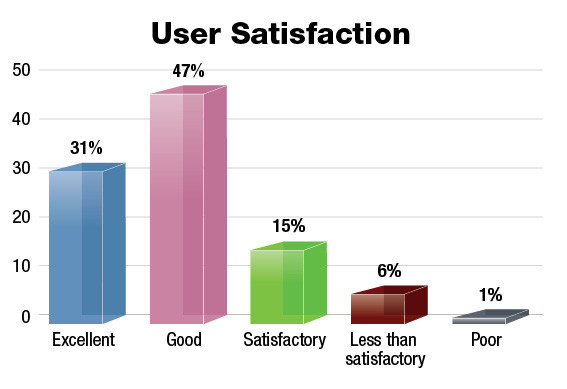
Chemistry analyzers enjoy strong approval ratings, with a full 93% satisfied with their current technology.
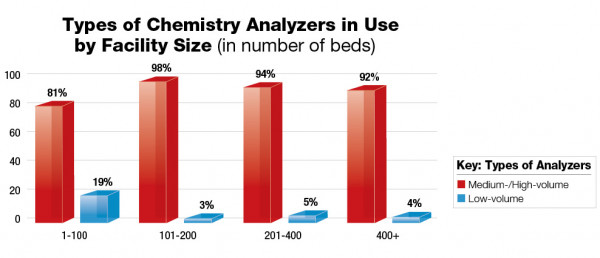
Most facilities make ample use of high-volume chemistry analyzers, but low-volume instruments are also used to handle workload fluctuations.
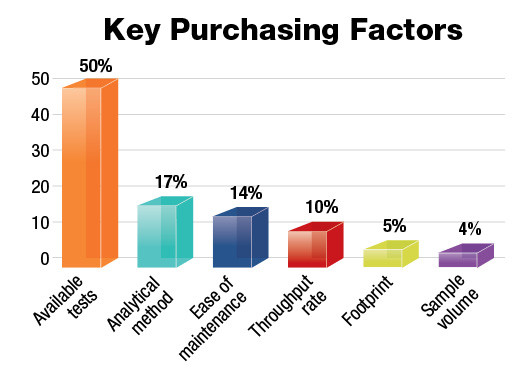
The number of available tests remains the primary purchasing factor, although analytical method and reliability are key as well.
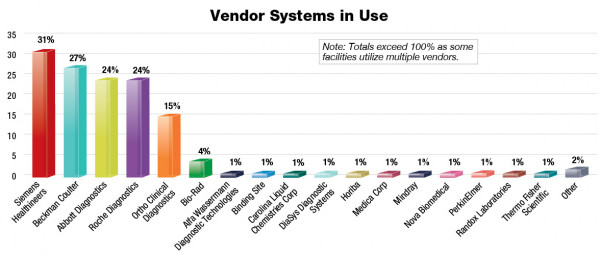
Leading vendor systems in use are familiar names Siemens Healthineers, Beckman Coulter, Abbott, and Roche, with Ortho Clinical and Bio-Rad also well represented.
Click here to view a larger version of this Chart
Like what you've read? Please log in or create a free account to enjoy more of what www.medlabmag.com has to offer.





